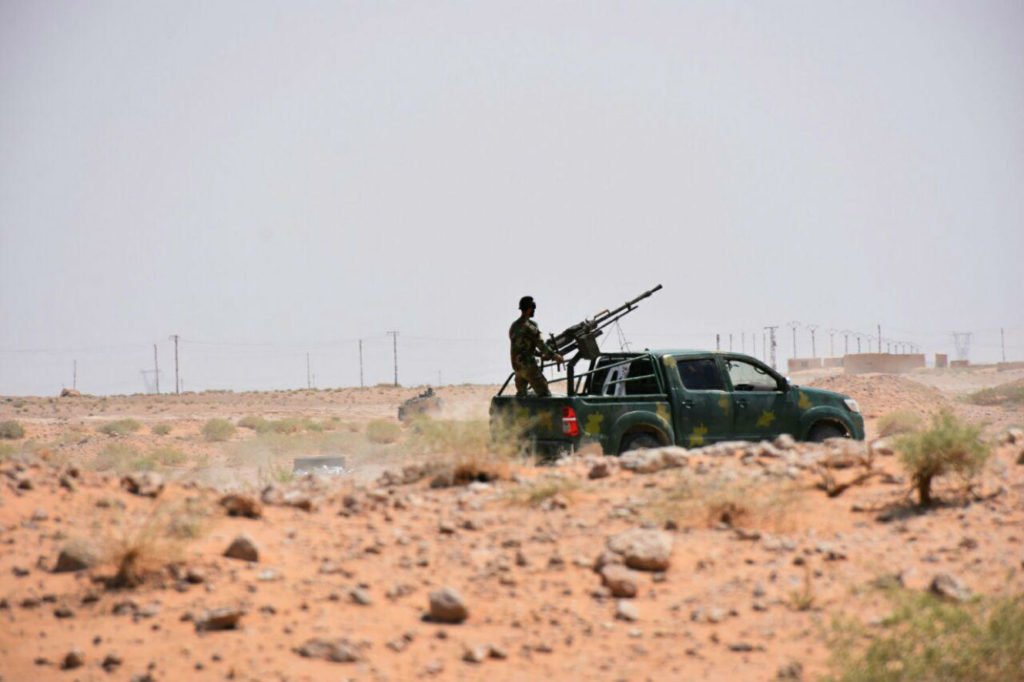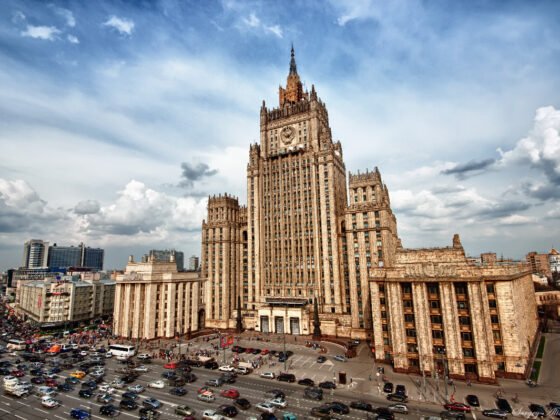(War on the Rocks) A frightening event in U.S.-Russia relations unfolded in February near Deir al-Zour in eastern Syria, as both sides battled the remnants of the Islamic State. In violation of a 2015 deconfliction agreement that divided the area into zones of Russian and U.S. military control, around 500 pro-Syrian fighters – most of whom spoke Russian, but whose citizenship remains unverified – crossed the Euphrates River to the U.S. side from the Russian-controlled zone. On Feb. 7 these fighters used Russian tanks, artillery, and mortars to attack a U.S.-supported Kurdish opposition outpost located next to a Conoco natural gas plant. Local U.S. forces first fired back at the attackers using anti-tank missiles and machine guns, and then called in massive air strikes as the fighters continued their attack. The resulting four-hour battle killed 200 to 300 of the attacking forces, according to documents released by the Pentagon. The casualties included a large number of fighters from the Wagner mercenary group of Russian and pro-Russian veterans who had earlier fought on Moscow’s side in eastern Ukraine. (No U.S. or Kurdish casualties were reported.)
In other words, at a time of high geopolitical tension, the military forces of one nuclear superpower directly engaged hundreds of heavily armed and hostile citizens of another nuclear superpower, who may or may not have been acting at the behest of that superpower. […]
Read More © War on the Rocks











